April 15
2021 April 15
Here’s a photograph by Kirsten Mills of the Satyr Comma seen by Jeff Gaskin and Kirsten Mills on April 13 at Francis/King Park, mentioned in yesterday’s posting.

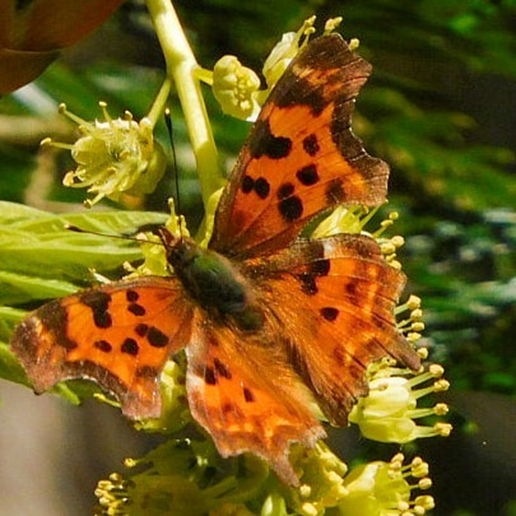
Satyr Comma Polygonia satyrus (Lep.: Nymphalidae) Kirsten Mills
And here’s a Green Comma, photographed by Gordon Hart in the Highlands on April 14. So now we know the difference!

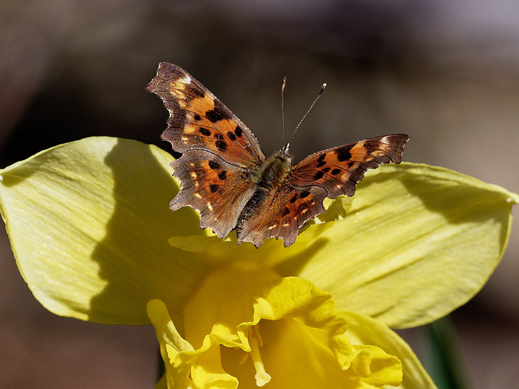
Green Comma Polygonia faunus (Lep.: Nymphalidae) Gordon Hart
Gordon also photographed this moth on the walls of his greenhouse:

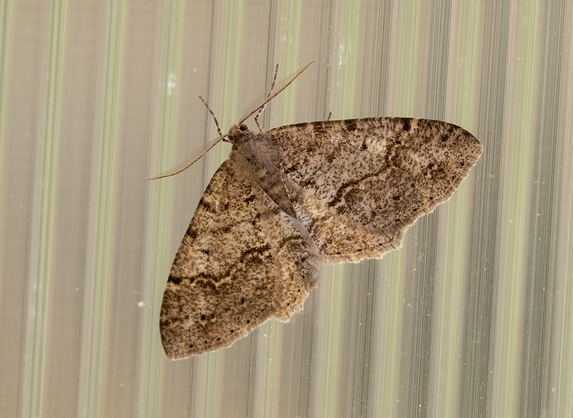
Melanolophia imitata (Lep.: Geometridae) Gordon Hart
Jochen Möhr had one of the same species in Metchosin:

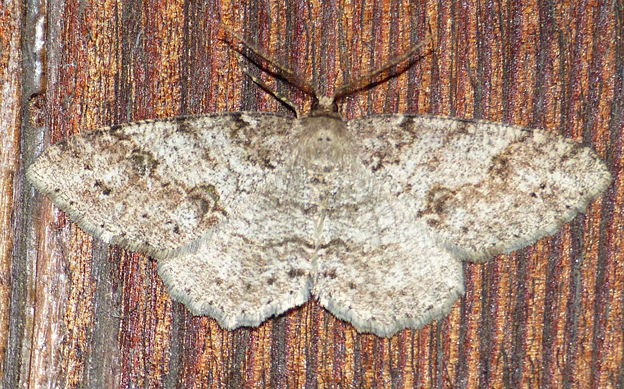
Melanolophia imitata (Lep.: Geometridae) Jochen Möhr
as well as a few other moths:

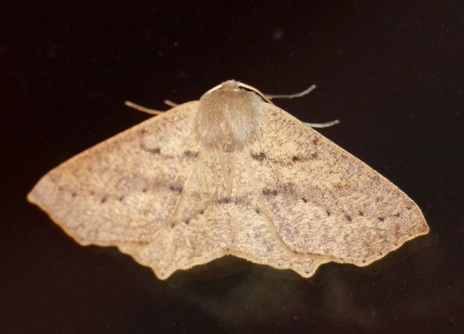
Sabulodes aegrotata (Lep.: Geometridae) Jochen Möhr
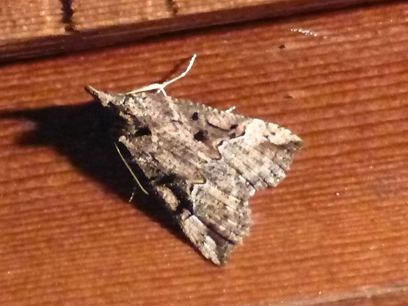
Hypena decorata (Lep.: Erebidae – Hypeninae) Jochen Möhr

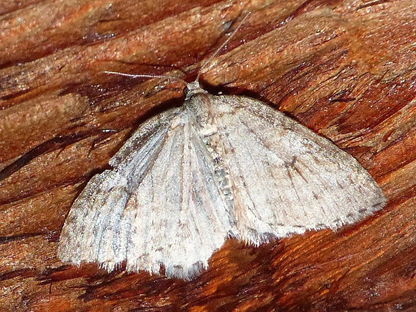
Probably Venusia pearsalli/obsoleta (Lep.: Geometridae) Jochen Möhr
Jochen’s Venusia was a little worse for wear – and even with a fresh pearsalli/obsoleta we can’t tell the difference between the two species (if indeed there is a difference!) Kalene Lillico came across a much fresher one at Swan Lake Nature House:

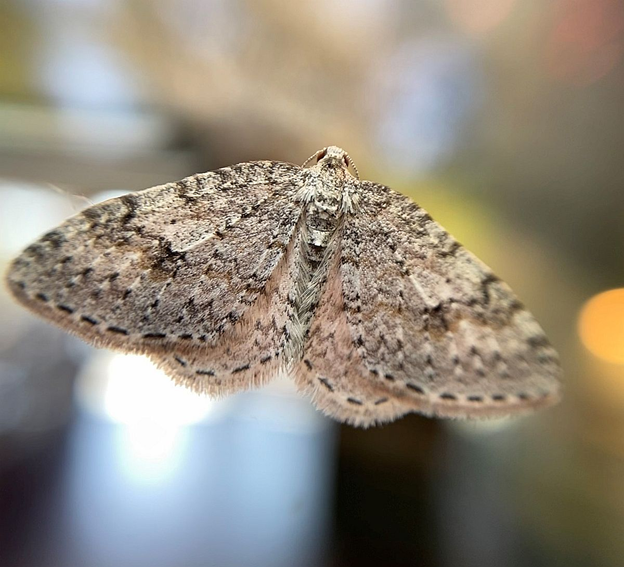
Venusia pearsalli/obsoleta (Lep.: Geometridae) Kalene Lillico
Please note, writes Jeremy Tatum, that I had originally labelled this photograph incorrectly as V. cambrica, as I also did with another individual on April 4, See April 4 for some comments on the identification of the Venusias. I am very grateful to Libby Avis for pointing out the mistake.
Rosemary Jorna photographed a lady beetle Harmonia axyridis in the Kemp Lake area today, April 15.
This Asian introduced species is very variable, but it can usually be recognized by the black M or W on its pronotum. It has been given so many English names that I (Jeremy Tatum) usually call it the Many-named Lady Beetle.

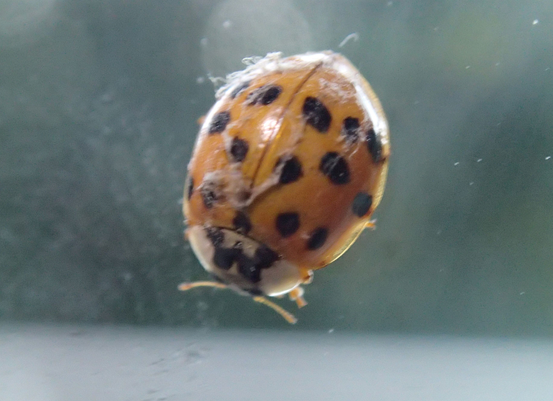
Harmomia axyridis (Col.: Coccinellidae) Rosemary Jorna

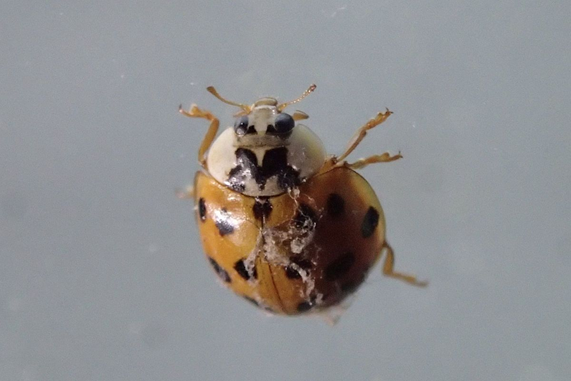
Harmomia axyridis (Col.: Coccinellidae) Rosemary Jorna
Rosemary also photographed this Crane Fly – another introduced species, this one from Europe. This insect is usually called a Daddy-long-legs in Britain – a name we usually use for a harvestman.

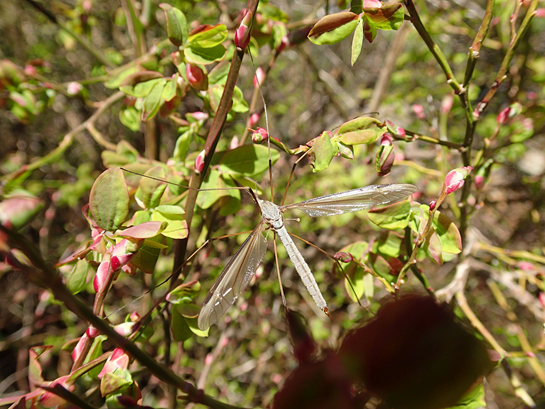
Female Tipula paludosa (Dip.: Tipulidae) Rosemary Jorna
Gordon Hart photographed these two Bee Flies in the Highlands. Jeremy Gatten writes: I would call both of those Bombylius major. They are a little variable in their appearance, but it’s the only species I have found locally with the exception of some small, entirely blonde-haired ones that are probably in the genus Systoechus.

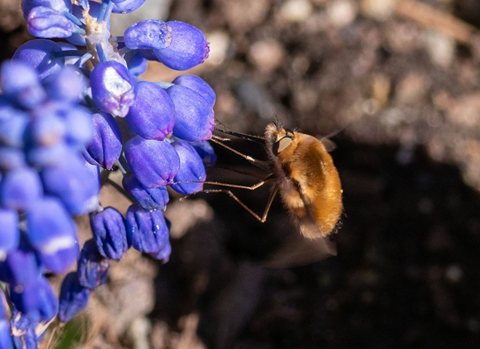
Bee Fly Bombylius major (Dip.: Bombyliidae) Gordon Hart

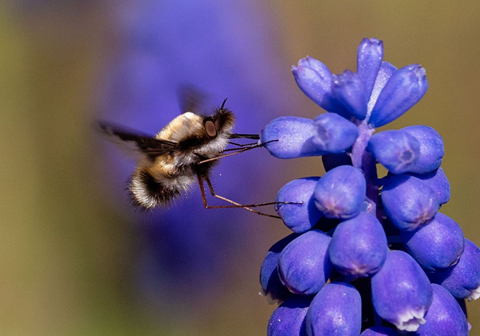
Bee Fly Bombylius major (Dip.: Bombyliidae) Gordon Hart
Marie O’Shaughnessy shows the underside of one of the two California Tortoiseshells that have been on the Mount Tolmie reservoir for the last few days.

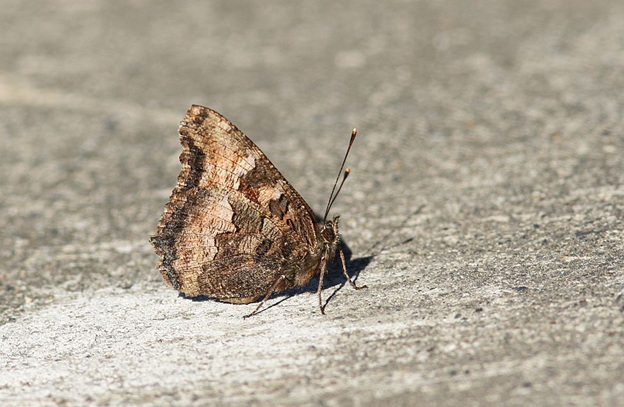
California Tortoiseshell Nymphalis californica (Lep.: Nymphalidae) Marie O’Shaughnessy
